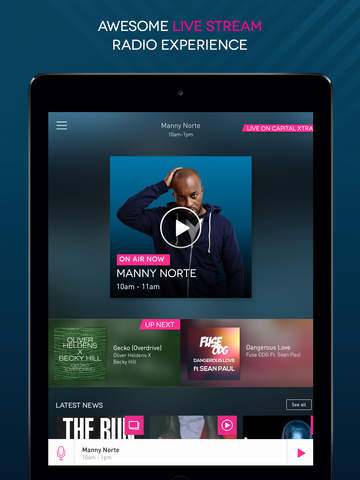Over the last year I’ve had the privilege of overseeing the development of the next generation of mobile apps (iOS and Android) for the major commercial radio brands in the UK. The most amazing thing about this experience was the priorities – UX&D was #1 priority – something I’ve never had before.
For the last year I’ve been managing the Digital Growth Programme at Global Media and Entertainment – the biggest commercial radio network in the UK and the people who own most of the top radio brands:
As part of Digital Growth we’ve been refreshing the mobile offering, and specifically the mobile apps on both iOS and Android. This work has faced the typical challenges of any software project – basically too much to do with not enough time.
The unusual thing about this project, and Global in general, is the focus on quality. Specifically quality from the perspective of the audience/user.
It has been a privilege to work on such a project. In 30 years in the software industry this is the only project where User Experience & Design (UX&D) was the number one priority, and has not been sacrificed no matter what the pressures. The company owner (Ashley Tabor) and the product owner (James Hickman) stuck to their guns and didn’t launch until they, and the lead designer (Cath Jones), deemed the apps perfect.
Of course perfection comes with a cost. Prioritising UX&D added a layer of detail to every single requirement in the new apps with associated time/money implications. Although my team and I surfaced this trend very early in the initiative Global accepted the cost to get more of a “Wow” at launch.
My previous experience has been somewhat different. I’ve found that as launch dates approach product owners usually start cutting corners. They drop things to make the date – drop pet requirements (healthy), drop lower priority requirement until post launch (healthy), reduce manual testing (unhealthy), drop writing automated tests (unhealthy), defer addressing technical debt with intention to fix is later (healthy-ish) or just drop it (unhealthy) and/or drop UX features (i.e. features dreamed up by UX; healthy). This is the classic Iron Triangle at work.
In the case of the Global apps I think the end result is great but, of course, it is the audience/users that will have the deciding vote.
